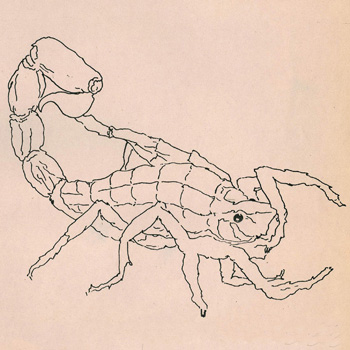Product Design
Batch
(3 items)
Product DesignBatch
(3 items)
(3 items)
by Arvind B. Joshi
Aggression is not an easy concept to define, although some cases are clear-cut: single individuals or groups of humans may kill or injure other individuals, force others to do something against their will, or overtly thwart the expressed desires of other persons. Obviously, threatening another person with death, injury, or violence is also aggressive. Perhaps simply the conscious desire or intent to injure, kill, coerce, thwart, or threaten other human beings, even if these things are not actually carried out, could be considered aggressive. On a more subtle level, ridicule, sarcasm, hostile laughter, and attempts to embarrass or demean others almost certainly have an aggressive component. What all these phenomena have in common is the intended or actual imposition of a person's or group's wishes on other people against their will.
Superficial aggression appears to be the antithesis of the cooperative aspect of humanity. However, paradoxically, the very forces that promote harmonious relations within a group are also often the basis of aggressive actions. It is important to make the distinction between individual and group aggression. The nature of aggressive behavior, particularly the underlying motivating and emotional forces, may be enormously different in a one-on-one situation (a barroom brawl, a husband and wife fight) as opposed to tribal or national conflicts when discussing the biological bases of aggression; this fact is sometimes overlooked or not fully acknowledged.
Humans have the capacity to feel and identify the emotions of fear, anger, hatred, rage, jealousy, greed, and competitiveness, and to exercise them sometimes as one individual against another. These emotions and the behavioural responses they promote are often adaptive; as Karnard Loven 2 has noted, assisting an individual in attempts to acquire and defend limited resources (wives, food, space, material goods, and wealth) is competition with others. In addition, aggressive defence of relatives, especially children, is a fundamental and highly developed aspect of individual aggression.
by Prof. Sudhakar Nadkarni
by Prof. Mohan Bhandari


